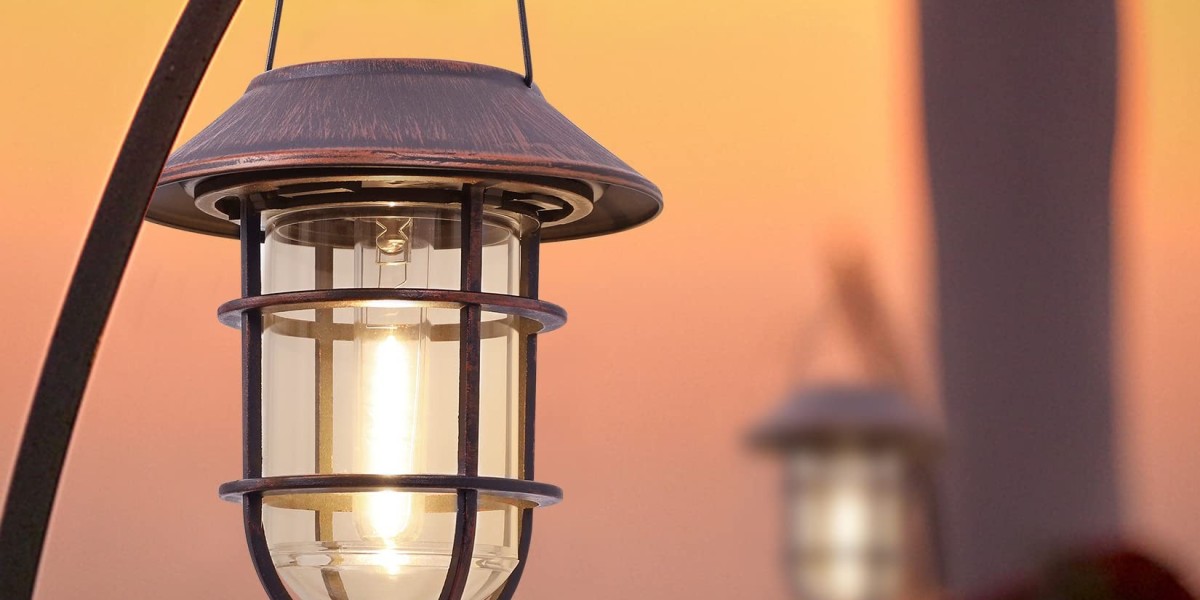Why Do You Want the Light to Stay On?
Follow Lynn Delagarza for more
Motion sensor lights are designed to turn off after a set time of no motion detected. However, there are situations where you might prefer the light to stay on. For instance, when you're having a party in your backyard at night, you want the light to remain on regardless of motion detection. Similarly, in indoor spaces like a study or stairway, you might want the light to stay on for extended periods, even if there's no immediate motion.
Read more: How I Installed My Kitchen Under Cabinet Lights
How to Make a Motion Sensor Light Stay On
There are a few ways to keep your motion sensor light on:
Quickly Switching the Motion Sensor On and Off
One simple trick is to rapidly switch the motion sensor on, off, and on again. This can override the motion detection and make the light stay on. To revert to motion detection mode, turn the motion sensor off, wait for about 10 seconds, and then turn it back on. Please note that this trick might not work on newer motion sensors designed to resist power spikes.
Hardwire a Switch to Bypass the Sensor
Another option is to hardwire an additional light switch parallel to the motion sensor. This allows you to independently control the light, bypassing the motion sensor. When you want the light to stay on, simply turn on the switch. If you want the light to switch back to motion-detecting mode, turn off the switch.
This method requires some wiring work and might vary depending on the type of motion sensor light you have. For lights with a separate motion detector and standard light, adding a switch is relatively straightforward. However, lights with built-in motion sensors might require disassembling and rewiring. In such cases, upgrading to a new motion sensor light with an integrated ON/OFF feature is recommended.
Read more: Benefits of Choosing Solar Lighting
Use a Motion Sensor Switch with an ON/OFF Feature
If your indoor motion-activated light is controlled by an occupancy or vacancy wall switch, using a motion sensor switch with an ON/OFF mode is the best option. These switches have a manual mode that allows you to keep the light on continuously or switch back to motion detection mode with the press of a button.
Using a motion sensor switch with a manual mode eliminates the need for an additional light switch and provides the flexibility to choose between automated motion detection and continuous lighting.
Read more: Is Solar Lighting Any Good?
Frequently Asked Questions
Q: Can I use the quickly switching method on any motion sensor light?
A: This trick might work on older motion sensor lights, but some newer models are resistant to power spikes and won't get stuck.
Q: How difficult is it to hardwire a switch to bypass the sensor?
A: The complexity depends on the type of motion sensor light you have. Lights with a separate motion detector and standard light are easier to wire. In contrast, lights with built-in sensors might require more disassembling and rewiring, making it more complicated.
Q: Are motion sensor switches expensive?
A: Motion sensor switches are cost-effective and comparable to adding a regular light switch. They provide the convenience of motion detection and manual control.
In conclusion, motion sensor lights are an excellent choice for saving energy and convenience. However, there are times when you might want to keep them on continuously. By using the methods mentioned above, you can easily achieve this and find a balance between motion detection and manual control. Enjoy your well-lit space!
Read more: Solar Outdoor Lights Questions








